Blue porcelain tea bowl Masao Tagai
Blue porcelain tea bowl Masao Tagai
Couldn't load pickup availability
Width: 12.5cm x 12.5cm Height: 8.2cm
Celadon tea bowl ( made by Masao Tagai )
1. Overview of the work
This piece is a celadon tea bowl with a large, open crack running through its transparent blue color. The thick layer of glassy glaze is filled with a gentle blue reminiscent of the surface of a lake, and bold, spider-web-like cracks spread across it. The crack lines are dyed in ink, giving the design a three-dimensional appearance and creating a sense of powerful movement amidst the silence. A slight iron rust color appears on the rim, providing an accent that tightens the pale blue world.
2. Shape and form
The bowl shape has a plump body and a slightly narrow base, giving it the silhouette of a "gyokuenwan" (round-rimmed bowl). The base is gently curved, almost horizontal, and is designed to ensure that the foam rises evenly when the tea whisk is applied. The base is kept low, so that the center of gravity of the entire bowl fits comfortably in the palm of your hand, achieving both stability and lightness.
3. Technical features
Celadon glaze design : By controlling the iron in the glaze and using a process called "reduction removal" to allow oxidation in the latter half of the reduction firing, we have achieved a clear blue color that is free of reddish hues.
Large cracks : The difference in the expansion coefficient between the clay and the glaze is intentionally set large, causing thick cracks to form in the glaze layer during the cooling process after firing. This creates dynamic lines that are different from the usual thin cracks.
Sumizome : After firing, brownish-brown colored water is boiled and allowed to soak in, coloring the grooves of the cracks and emphasizing the cracks. As the tea stains accumulate over the years of use, the shadows of the lines deepen.
4. Historical Context
Celadon is said to have reached its peak in the Song dynasty in China, but in Japan it was reinterpreted as a design of wabi in the tea ceremony culture after the Momoyama period. In particular, the sensibility to positively appreciate "crazing" as a part of the scenery is a uniquely Japanese development, and this work reconstructs that aesthetic sense using modern techniques. Masao Tagai aimed for the intermediate zone between the deep blue of the Ryusen kiln and the pale blue of the Ru kiln, and furthermore, by using crazing as a design, he has established a unique style that bridges the classical and modern worlds.
5. Ideas for the tea ceremony
Dark Brown : A rich jade green overlaps with a glassy blue, creating a sense of depth as if peering into the bottom of a lake.
Light brown : The white foam floats against a background of bold cracks, creating the illusion of lightning flashing through the clouds.
Changes over time : With repeated use, tea will soak into the cracks, creating a gradation from ink to amber, and the entire bowl will develop a soft, antique color.
6. Tips for Appreciation and Use
Rhythm of the cracks : The cracks run in varying thicknesses and thicknesses, and the shadows change depending on the amount of light that hits them, creating a dynamic appearance.
Thickness of the glaze layer : When observing the side with transmitted light, slight layers of color are visible in the glaze, giving the piece a sense of depth reminiscent of the deep sea.
The beauty of the aged iron rim : The iron rust on the rim will take on a lustrous black luster with use, tightening the pale blue and ink lines and highlighting the outline of the bowl.
This work by Masao Tagai is a bowl with a strong visual impact, fusing the clarity of the celadon glaze with the strength of the large cracks. The calm blue lake surface is engraved with crack patterns that deepen over time, adding color to your tea ceremony as a "living vessel" that breathes with the user. Please enjoy nurturing this bowl in your hands for many years and learning your own story that is engraved with the crack patterns.
A conversation with Masao Tagai – High-end pottery specialty store [Amagi-do]
Share
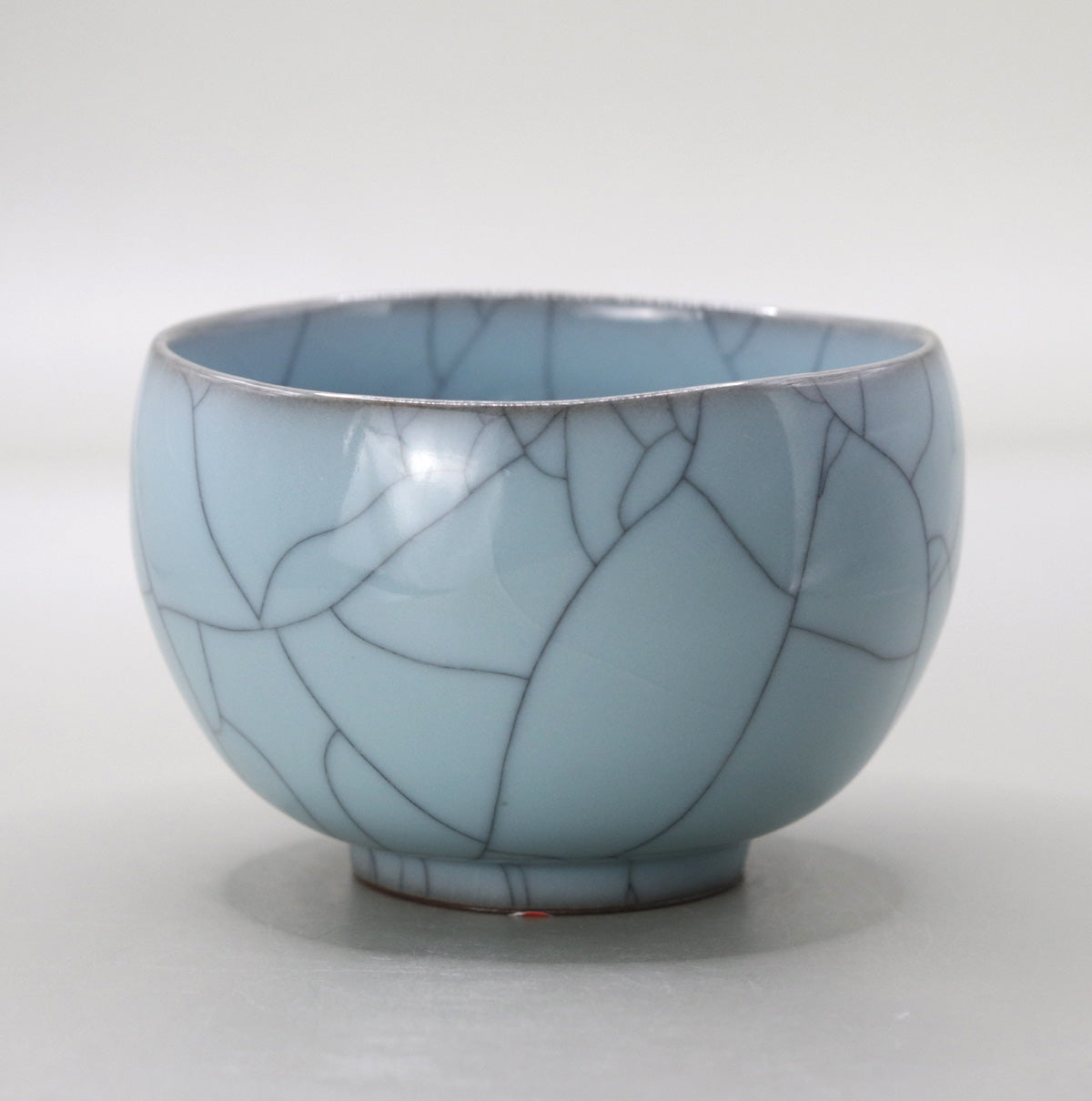
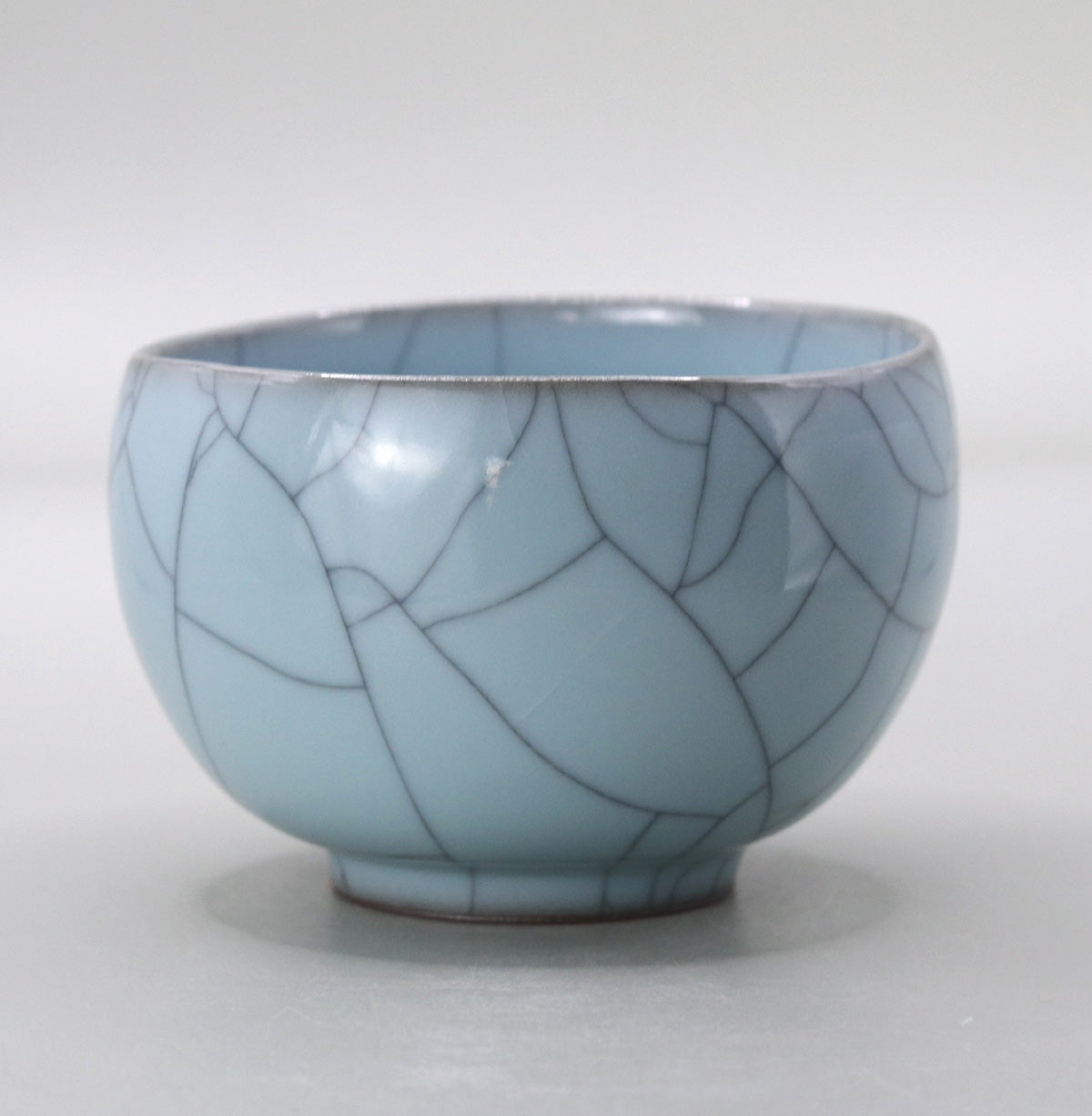
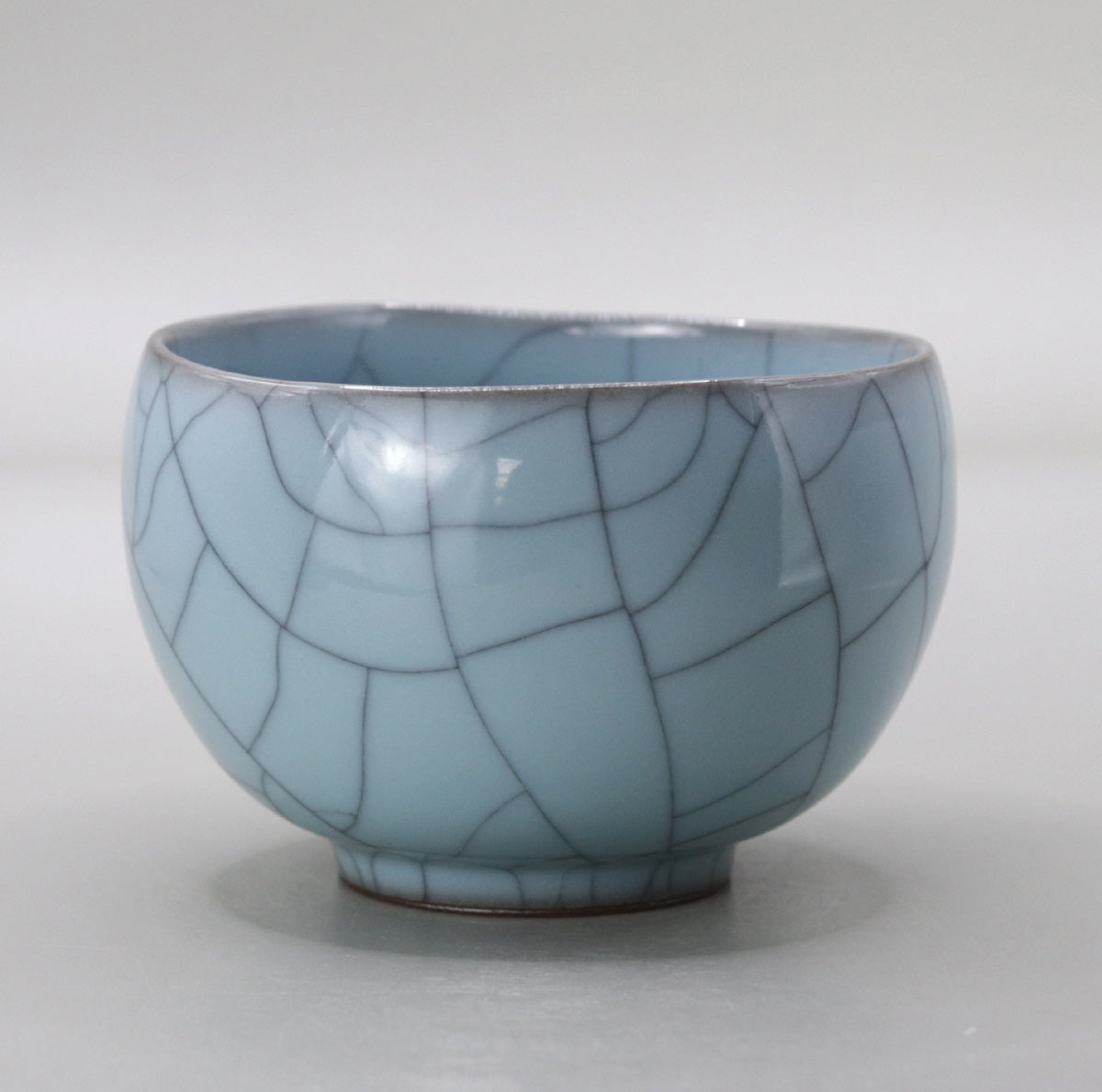
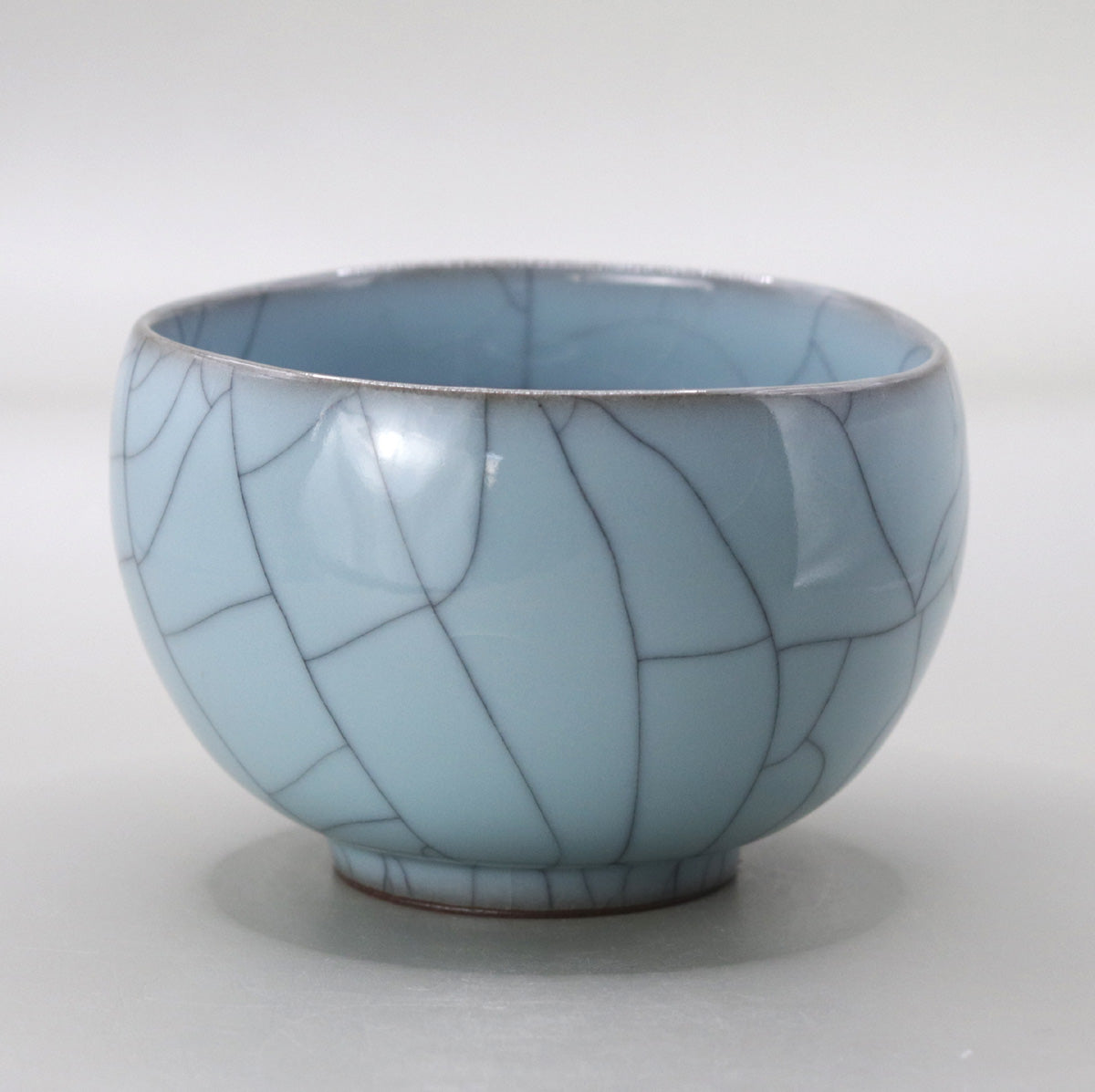
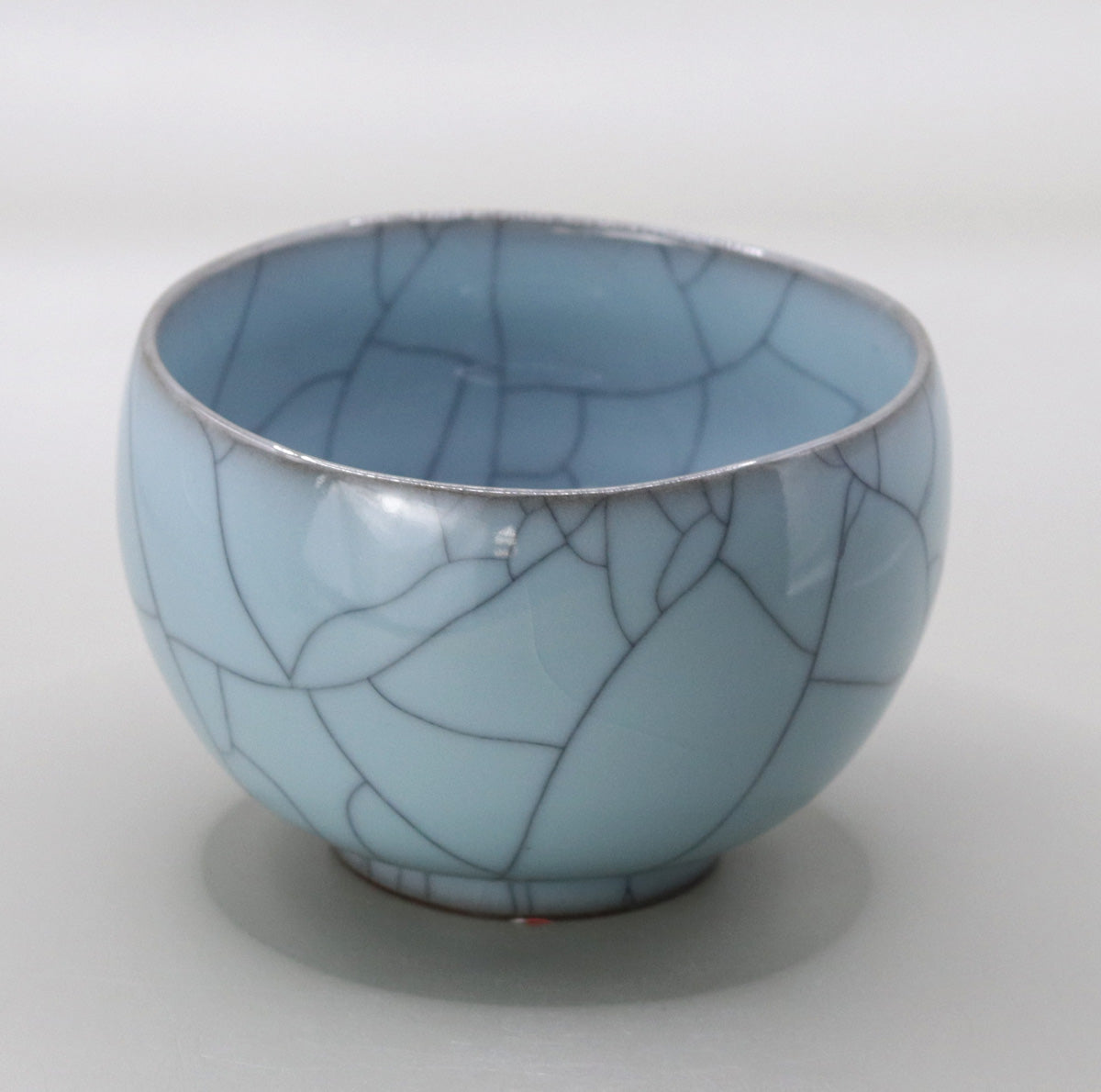
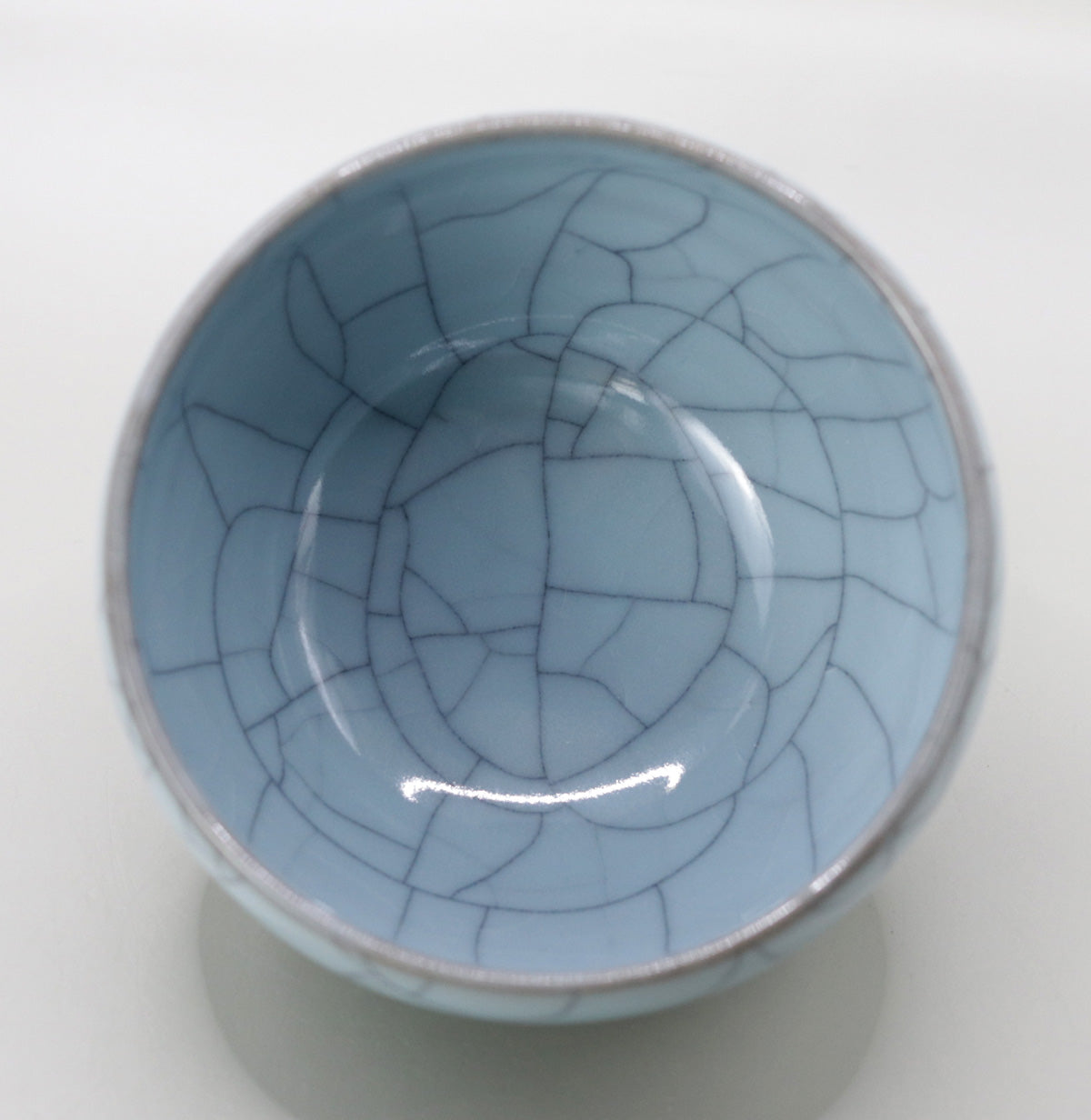
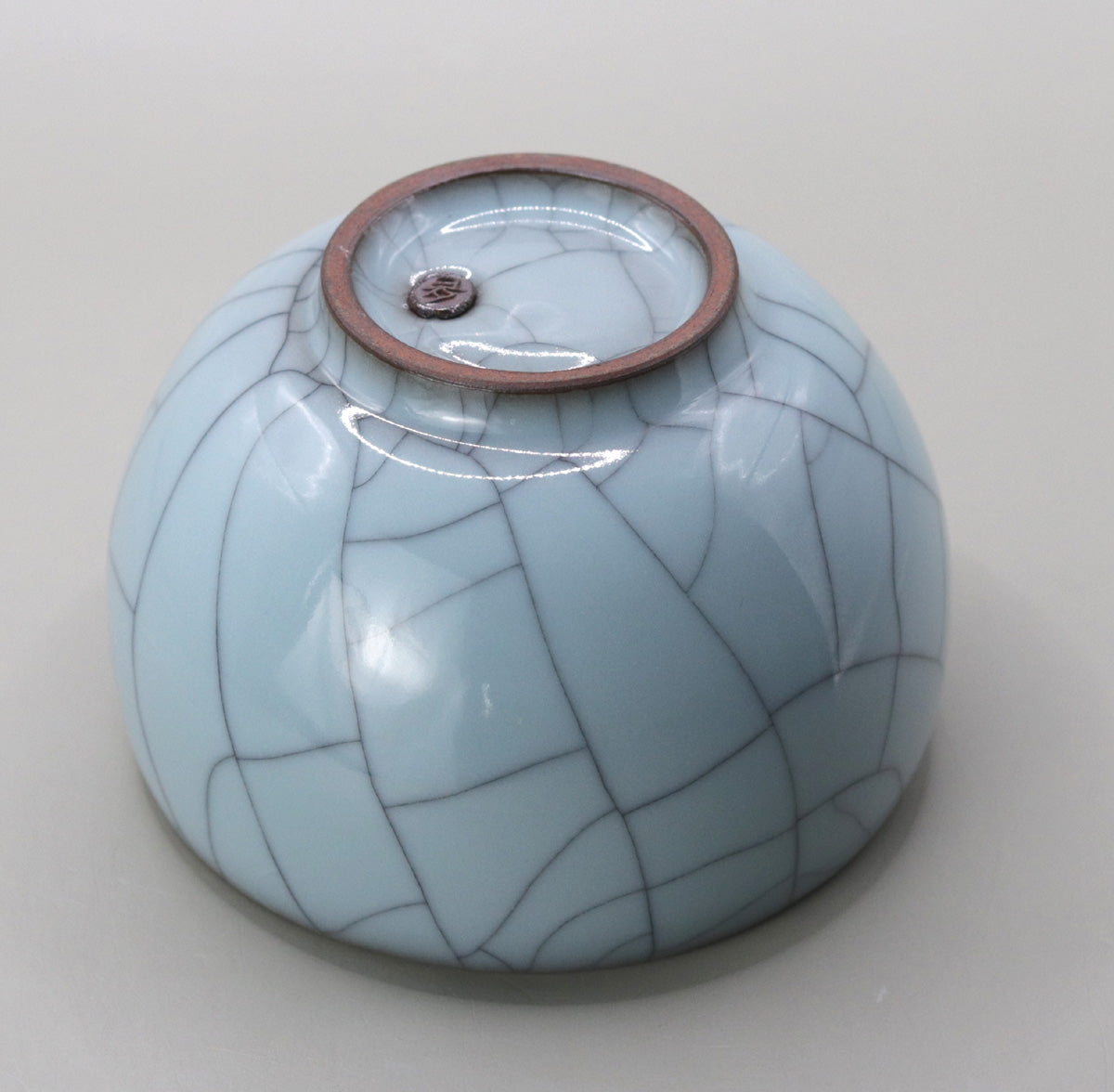
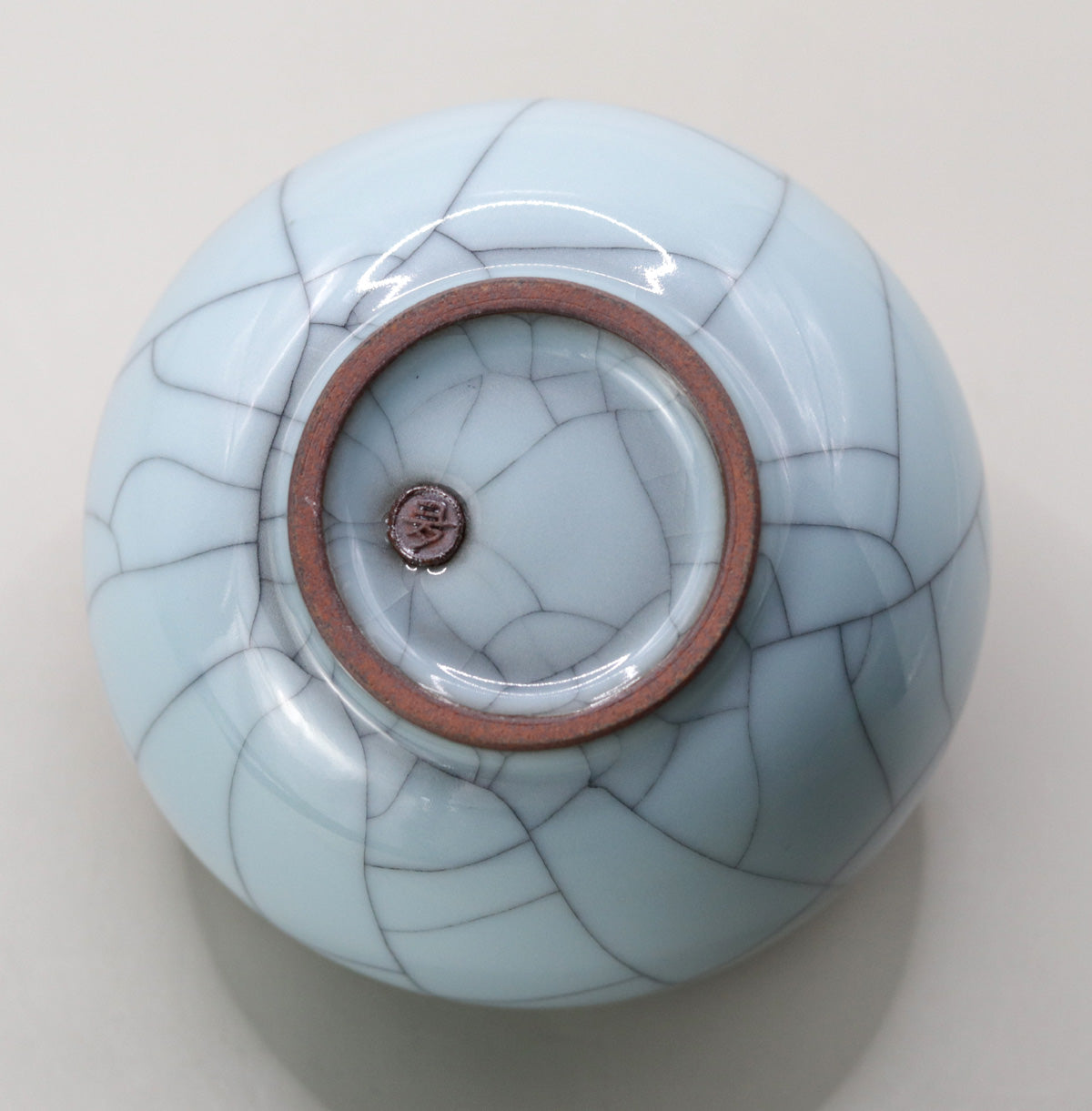
Multi-Column
-
[I will send it to you quickly and carefully]
We carefully package each product in a way that suits it best.
Also, delivery times vary depending on the piece (vessel, etc.).
Items that already come with a box will be shipped within 1-3 days of the order date.
For items that require a box to be made after your order, it will take approximately 30 days for production to be completed and then shipped.
In either case, once we have confirmed your order, we will contact you by email to inform you of the delivery date.
-
[Requests when purchasing pottery]
Even products that look the same may differ slightly in color, shape, size, etc.
The way the glaze is used, the power of the kiln, the firing method, the season, and the humidity also affect the appearance of the pottery.
Please understand the individuality of each piece of pottery and enjoy the unique warmth of handmade.








